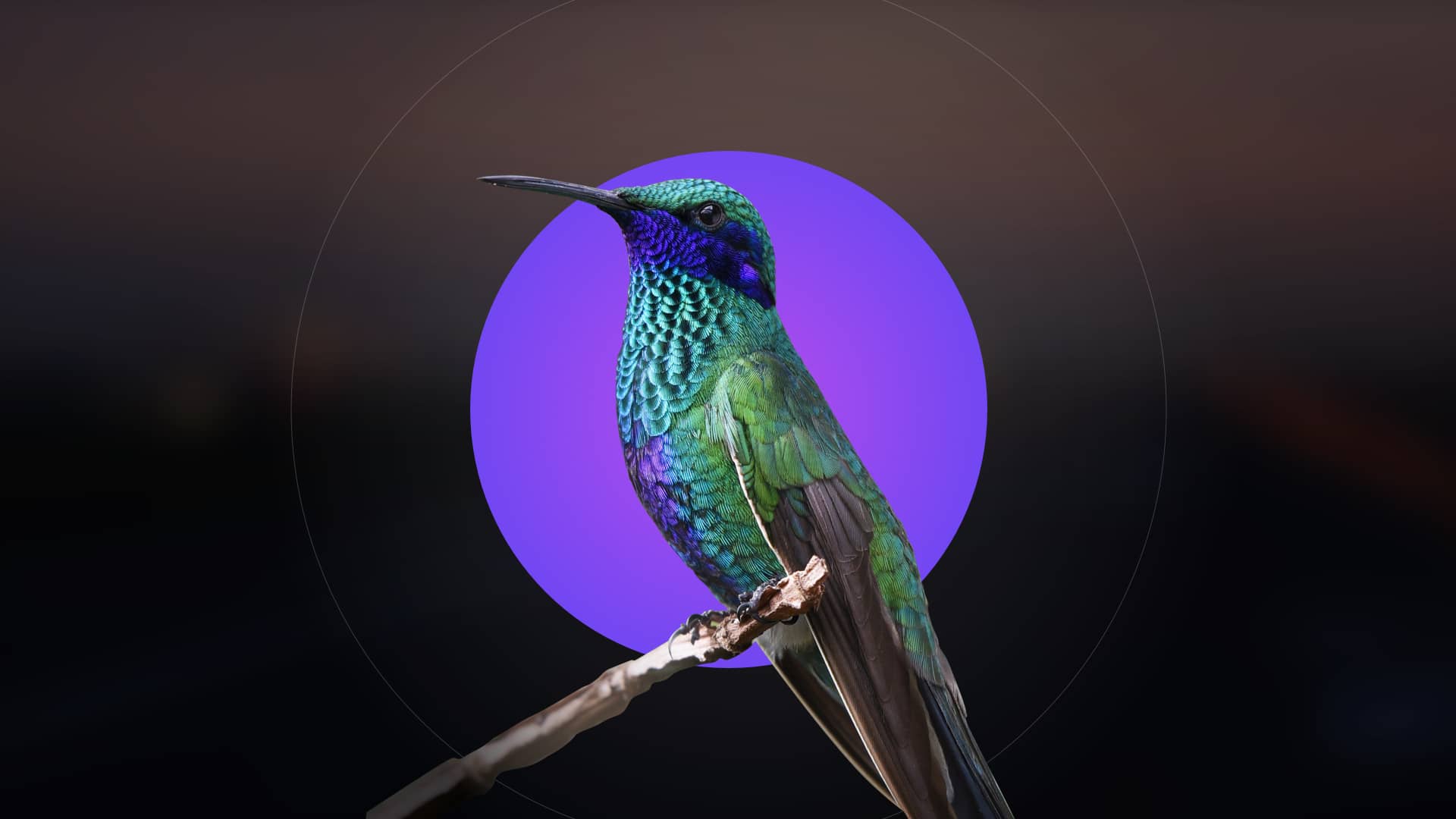The Ultimate Guide to Wind Direction Measurement Devices: Types, Uses, and Best Practices
Understanding wind patterns is crucial across numerous industries, from aviation to renewable energy. A reliable wind direction measurement device provides essential data for safety, efficiency, and environmental monitoring.
Types of Wind Direction Sensors
Various instruments measure wind direction, each suited to specific applications. Common types include wind vanes, ultrasonic anemometers, and combined sensors that also gauge speed.
Key Applications and Industries
These devices are vital in weather forecasting, aviation, shipping, and wind energy. Accurate measurements help optimize turbine positioning, ensure flight safety, and support meteorological research.
Selecting the Right Device
Consider accuracy, durability, and environment. For harsh conditions, choose robust models with corrosion resistance. Regular calibration maintains precision over time.
Installation and Maintenance Tips
Install sensors in open areas, away from obstructions. Perform routine checks and cleanings to prevent data inaccuracies caused by debris or wear.
Frequently Asked Questions
How often should I calibrate my wind direction device?
Annual calibration is recommended, but high-use environments may require more frequent checks.
Can these devices operate in extreme weather?
Many modern sensors are designed to function in severe conditions, including storms and freezing temperatures.
Optimize Your Operations Today
Investing in the right wind direction measurement tool enhances data reliability and decision-making. Explore advanced models to boost your project’s efficiency and safety.
Ready to upgrade your wind monitoring setup? Contact our experts for a personalized consultation and find the perfect device for your needs.
